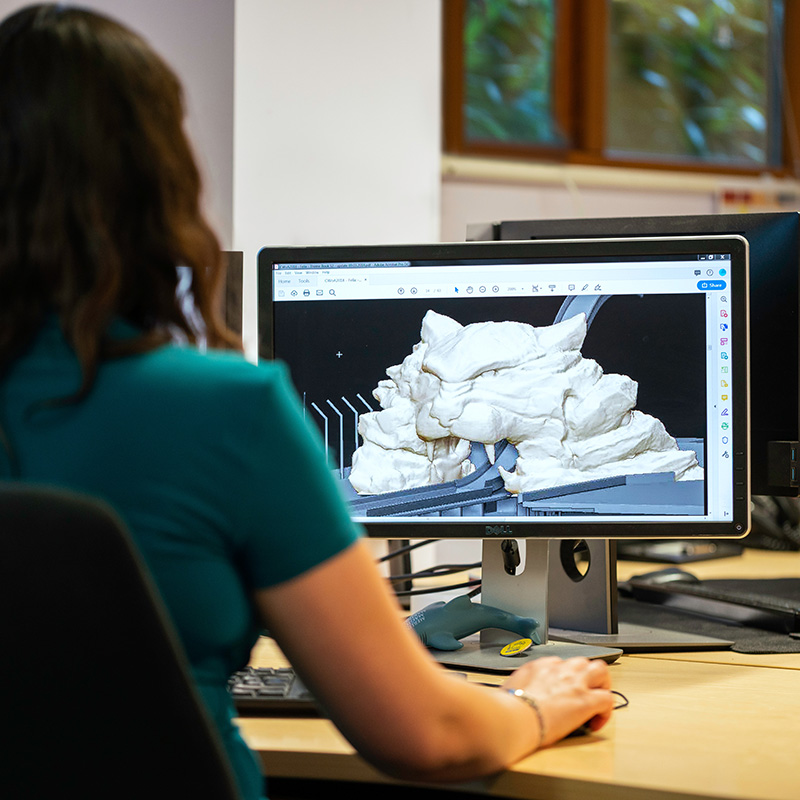3D printing technology has been around for over three decades, and in that time, it has become an increasingly popular tool for creating everything from toys to medical implants. However, as with any technology, 3D printing is continually evolving, and its future is bright. In this blog post, we will explore the potential applications and advancements of 3D printing that could shape the future.
But first, let’s take a quick look at what 3D printing is and how it works.
What is 3D Printing?
3D printing is a form of additive manufacturing that creates physical objects from digital designs. The process consists of building a three-dimensional object layer by layer using a 3D printer. The printer reads the digital design file and prints the object by depositing material layer by layer until the final product is complete.
There are numerous sorts of 3D printing technologies, including Fused Deposition Modeling (FDM), Stereolithography (SLA), and Selective Laser Sintering (SLS). Each technology uses a various material, for example plastic, resin, or metal, to create the object.
The Future of 3D Printing
As 3D printing technology advances, it is opening new possibilities for its application across various industries. Here are some potential areas where we can see significant advancements in 3D printing in the future.
1. Healthcare
One of the most significant areas where 3D printing is set to have a profound impact is healthcare. 3D printing technology can create customized medical implants, prosthetics, and even organs, opening new possibilities for personalized treatments.
For example, doctors can use 3D printing technology to create customized prosthetics that are tailored to the patient’s unique anatomy, resulting in a better fit and increased comfort. In addition, 3D printing technology can create custom medical implants that match the patient’s specific needs, improving the success rate of surgical procedures. In the future, we may even see 3D printed organs, such as livers and kidneys, becoming a reality. Researchers are currently working on developing 3D bioprinting technology that can print functional human organs using living cells.
2. Aerospace and Defense
The aerospace and defense industries are also set to benefit significantly from 3D printing technology. 3D printing can create complex and intricate parts that are difficult to manufacture using traditional methods, making it an ideal solution for creating lightweight and durable components for aircraft and defense equipment. For example, NASA is currently using 3D printing technology to create rocket engine components, reducing the cost and time required for manufacturing. Similarly, the U.S. Navy is using 3D printing to create replacement parts for ships and submarines, reducing downtime and costs associated with traditional manufacturing methods.
3. Construction
The construction industry is another area where 3D printing technology is set to make a significant impact. 3D printing can create large-scale structures quickly and cost-effectively, reducing the time and labor required for construction. In addition, 3D printing can create customized components that are tailored to the specific requirements of the building, improving structural integrity, and reducing waste. For example, a 3D printed concrete column can be designed to have internal reinforcement that is optimized for the specific load-bearing requirements of the building.
4. Fashion
The fashion industry is also set to be transformed by 3D printing technology. 3D printing can create intricate and unique designs that are impossible to achieve using traditional manufacturing methods, opening new possibilities for creative expression and design.
In addition, 3D printing can create custom-fit clothing that is tailored to the wearer’s exact measurements, resulting in a better fit and increased comfort. For example, a 3D printed dress can be designed to fit perfectly around the wearer’s body.


